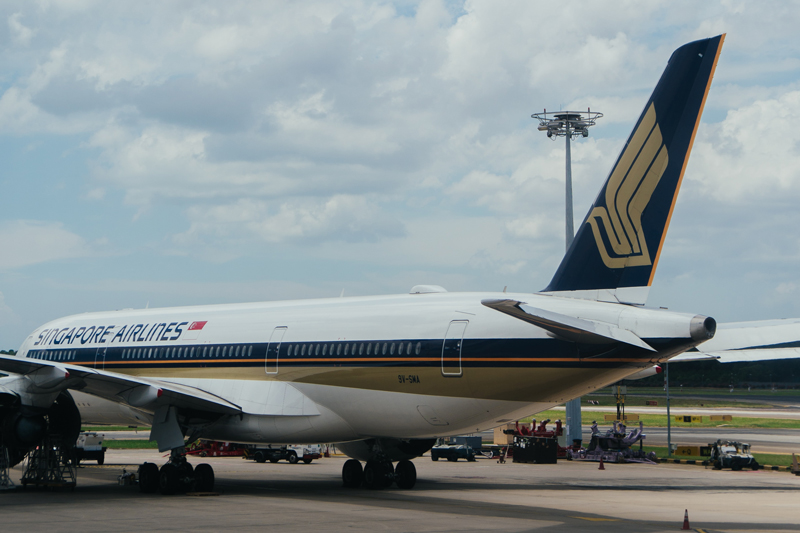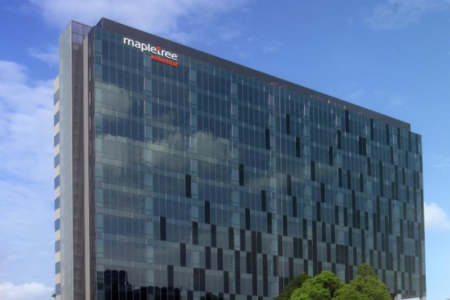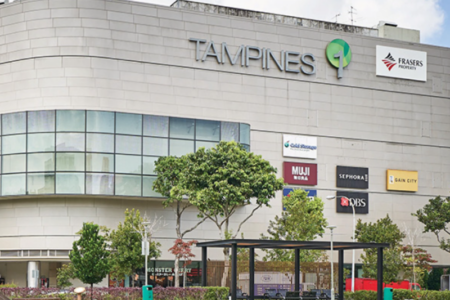The aviation and tourism industries are seeing blue skies once again.
Investors are rejoicing as the removal of restrictions and border reopenings have triggered a surge in demand for air travel.
Singapore Airlines Limited (SGX: C6L), or SIA, is a direct beneficiary of this increased demand as people flock to book overseas holidays.
This pent-up demand has also seen ground handler and food caterer SATS Ltd (SGX: S58) reporting better operating numbers as both cargo and meal volumes jump.
Back in early 2020, both SIA and SATS stopped paying out dividends to conserve cash as the pandemic swept across the world.
With the improved business conditions, could both companies restart their dividends this year?
A surge in passenger numbers
The rapid rise in passenger bookings has been nothing short of amazing.
At the beginning of 2021, SIA flew just 78,400 passengers on all its flights but this number had already jumped more than seven-fold by the end of 2021 as the Singapore government introduced the vaccinated travel lane (VTL) scheme in August 2021
By August this year, passenger numbers had surpassed two million, surging more than 13-fold from the 155,400 recorded in the same month last year.
In end-August, the number of flights going through Changi Airport hit 64% of pre-pandemic levels.
Transport Minister S. Iswaran expects that by the end of 2022, this percentage will hit 80%.
In terms of passenger traffic, it is now at 58% of pre-pandemic levels but with the recent reopening of Terminal 4 this week, these numbers are expected to increase.
And there is more to come.
Authorities are planning for a full recovery of passenger traffic for the winter season, which begins October 30, and around half of Terminal 2 will be reopened by end-October.
By then, Changi Airport’s passenger handling capacity will return to its pre-COVID level of 70 million passengers a year.
Steadily improving financials
Both companies have also reported better financial numbers in their most recent quarter.
Blue-chip carrier SIA reported its second-highest operating profit in history for its fiscal 2023’s first quarter (1Q2023).
Net profit came in at S$370 million for 1Q2023, reversing the S$409 million net loss in the prior year.
Meanwhile, SATS saw revenue jump 36.2% year on year to S$375.5 million as flights handled more than tripled year on year amid a ten-fold surge in passengers handled.
Both aviation businesses, however, failed to generate free cash flow for their fiscal 2022 (FY2022) ended 31 March 2022.
SIA did manage to limit its cash burn to a negative free cash flow of S$81.6 million for FY2022 while SATS narrowed its free cash outflow to S$15.6 million over the same period.
That said, these numbers are a culmination of the weaker first half of FY2022 and the stronger recovery seen in the back half of the fiscal year.
For FY2023, both SIA and SATS’ profitability and cash flow could improve dramatically.
Other risks abound
The numbers may look good, but other risks also abound for the aviation and tourism industries.
Source: Trading Economics
Crude oil prices have surged since early this year to breach the US$100 per barrel mark, making fuel costs more expensive for both SIA and SATS.
Although prices have now come down to around US$88 per barrel, they remain elevated compared to early 2020 when oil prices plunged.
Another worry is the persistence of high inflation.
Singapore’s core inflation hit a 14-year high of 4.8% in July, and the government expects inflation to remain high for the remainder of this year.
A rise in GST from the current 7% to 8%, which kicks in January next year, could add more pressure.
Interest rates are also rising globally, making everything from corporate loans to mortgage debt more expensive.
This confluence of factors could work to depress consumer spending power as more people tighten their purse strings.
If the economy falls into a recession, it could lead to reduced flight bookings and result in lower demand for air travel come 2023.
Get Smart: Patience is the key
While the news of surging demand is good in the near term, more time is needed for both SIA and SATS to see if the recovery can be sustained.
Both companies also need to start generating a free cash flow before they can consider reinstating their respective dividends.
The above headwinds could prematurely derail this recovery, and investors will have to be patient and wait till next year and beyond to see how things pan out.
In our special FREE report, Top 9 Dividend Stocks for 2022 – and 3 Tactical Shifts to Maximise Your Profits, we’re revealing 3 special categories of stocks that are poised to deliver maximum growth in 2022 and beyond.
Our safe-harbour stocks are a set of blue-chip companies that have been able to hold their own and deliver steady dividends. Growth accelerators stocks are enterprising businesses poised to continue their growth. And finally, the pandemic surprises are the unexpected winners of the pandemic.
Download for free to find out which are our safe-harbour stocks, growth accelerators, and pandemic winners! CLICK HERE to find out now!
Follow us on Facebook and Telegram for the latest investing news and analyses!
Disclaimer: Royston Yang does not own shares in any of the companies mentioned.




